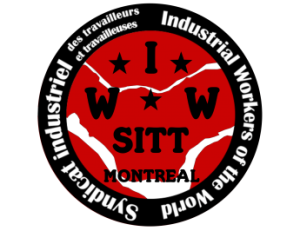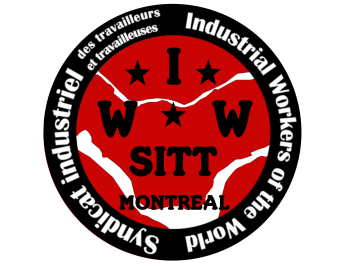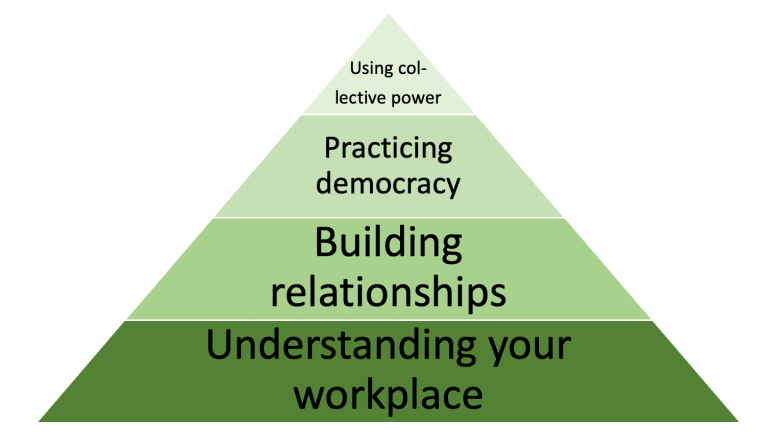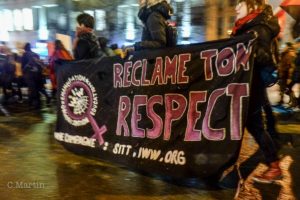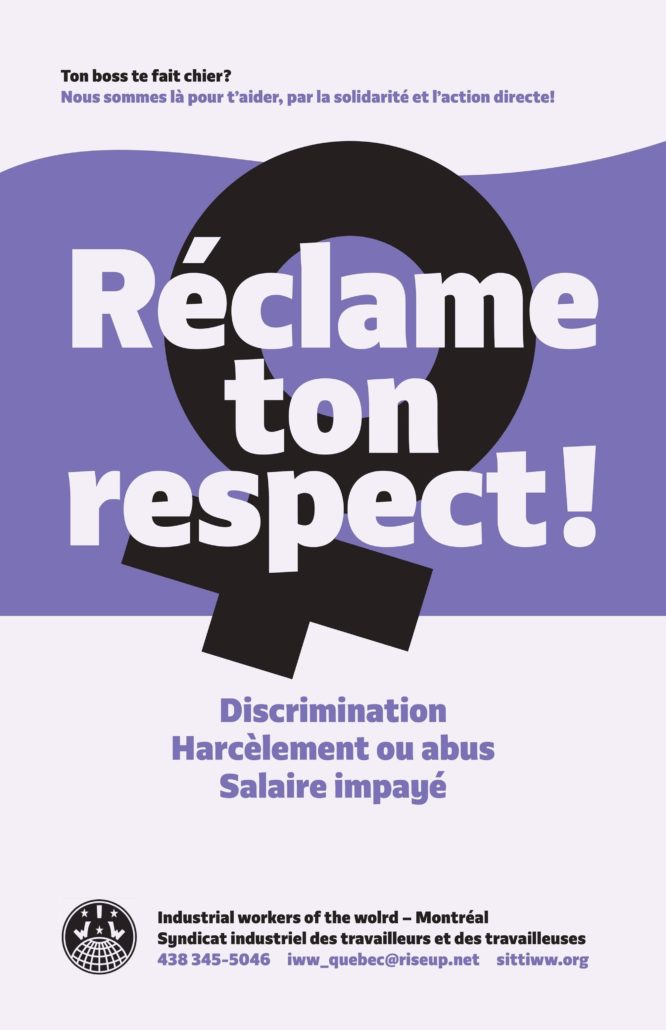Unemployed men and women invite themselves in front of Trudeau’s office!
The Industrial Union of Workers invites you to the Rally as part of the National Week of the Unemployed, Wednesday, November 1st. Hereby, we endorse the call of MASSE and its allies to mobilize for unemployment insurance reform.
Autonomous and united movement of the unemployed (MASSE)
1100 Crémazie Boulevard East (Justin Trudeau's constituency office)
Wednesday November 1st at 11:30 a.m.
As part of National Unemployed Week, the Autonomous and Solidarity Movement of the Unemployed (MASSE) and his allies, including the Interprovincial Alliance for Employment Insurance, invite you to a rally in front of Justin Trudeau's constituency office in Montreal.
The goal is to send a clear message to the Prime Minister : we can't wait any longer ! For too long, your lies continue to keep the unemployed insecure!
The government can no longer afford to postpone unemployment insurance reform. We demand an accessible plan now, just, universal and non-discriminatory.
Too long to wait for unemployment insurance reform : It's starting to smell like rotten apples!

